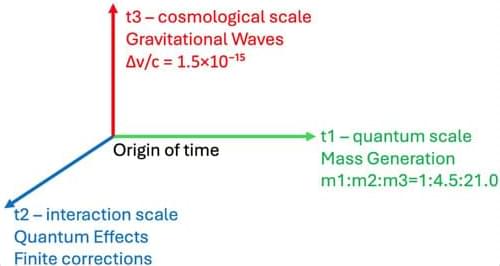Southwest Research Institute has collaborated with Yale University to summarize the scientific community’s notable progress in advancing the understanding of the formation and evolution of the inner rocky planets, the so-called terrestrial planets. Their paper focuses on late accretion’s role in the long-term evolution of terrestrial planets, including their distinct geophysical and chemical properties as well as their potential habitability.
The Review paper is published in the journal Nature.
Solar systems form when clouds of gas and dust begin to coalesce. Gravity pulls these elements together, forming a central star, like our sun, surrounded by a flattened disk of consolidating materials. Our terrestrial planets—Mercury, Venus, Earth and Mars—formed as smaller rocky objects accumulated, or accreted, into larger planetesimals and eventually protoplanets, when late impacts made critical contributions. Earth was probably the last terrestrial planet to form, reaching about 99% of its final mass within about 60–100 million years after the first solids began to consolidate.









